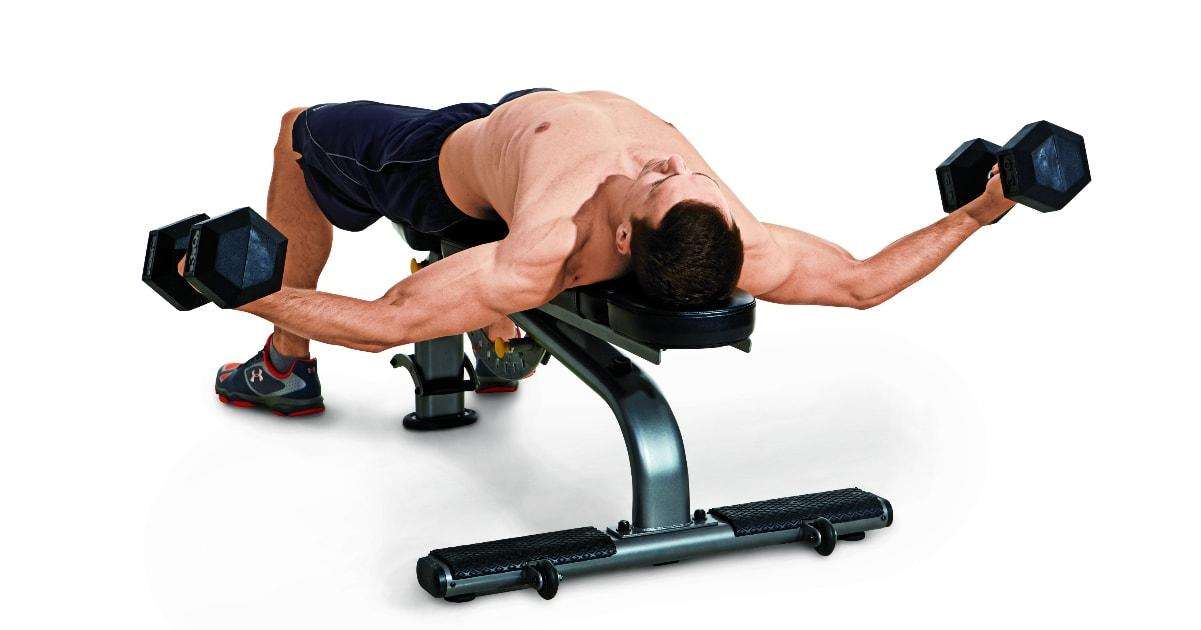
Muscled Breastplate
October 30, 2019
Energetic breakfast
November 13, 2019
Muscled Breastplate
October 30, 2019
Energetic breakfast
November 13, 2019Can balance be trained?
Some studies show that when an athlete goes into fatigue, his proprioceptive and motor control ability decreases and is one of the plausible justifications for the high number of injuries in the final minutes of games / practice.
DATE: November 2019
AUTHOR: Rui Madeira | Exercise

As such, according to Luís Mesquita describes in an article in Bwizer, it is essential that proprioceptive training is part of an athlete's daily routine, both in the competitive period and in the return to post-injury activity.
There are several approaches to proprioceptive training and it is essential that there is a transfer between the exercises of this type of training and the sports gestures most used by an athlete, ie proprioceptive training should be as functional as possible.
For example, in the case of roller hockey, despite the limited or no existing bibliography, it is recommended to perform this type of exercise with and without sports shoes, as well as to perform some exercises with inline skating, especially changes of direction.
Proprioceptive training is a good addition to be introduced into the warm-up routine and it is also important to do it in the context of fatigue, so that there is greater transfer to the final minutes of a game.
But it is also important for any physical activity practitioner as it can improve various aspects related to their most performed gestures in everyday life.
There are currently different types of fantastic materials for training proprioceptive ability. Since instability discs, BOSU, TRX, trampoline, are the materials that can be used.
Briefly, the anticipation mechanism is dependent on the motor sensory learning of a particular sport movement or gesture, while the feedback mechanism acts as an error detector or calibrator, which increases the quality of the sport movement or gesture.
The feedback mechanism is dependent on a set of receptors that the human body has, exteroceptors, capable of capturing information from the external environment, which are fundamental for maintaining proprioceptive capacity: visual, vestibular, cutaneous, auditory, articular and muscular receptors.
This reduced ability to program and correct movement is responsible for increasing the risk of injury, as well as decreasing effectiveness and control in certain sporting gestures. Especially in a post-injury period, this proprioceptive capacity is affected and its reprogramming is essential.
As such, it is critical that proprioceptive training is part of an athlete's daily routine, either in the competitive period or in the return to post-injury activity. As described above, this advice is workable for both athletes and physical activity practitioners, so it is important that balance training is part of your exercise routine. If you are unaware of which exercises are most important to your specific case, you should contact a qualified professional to assist you in the process. Good workouts and stay balanced!
